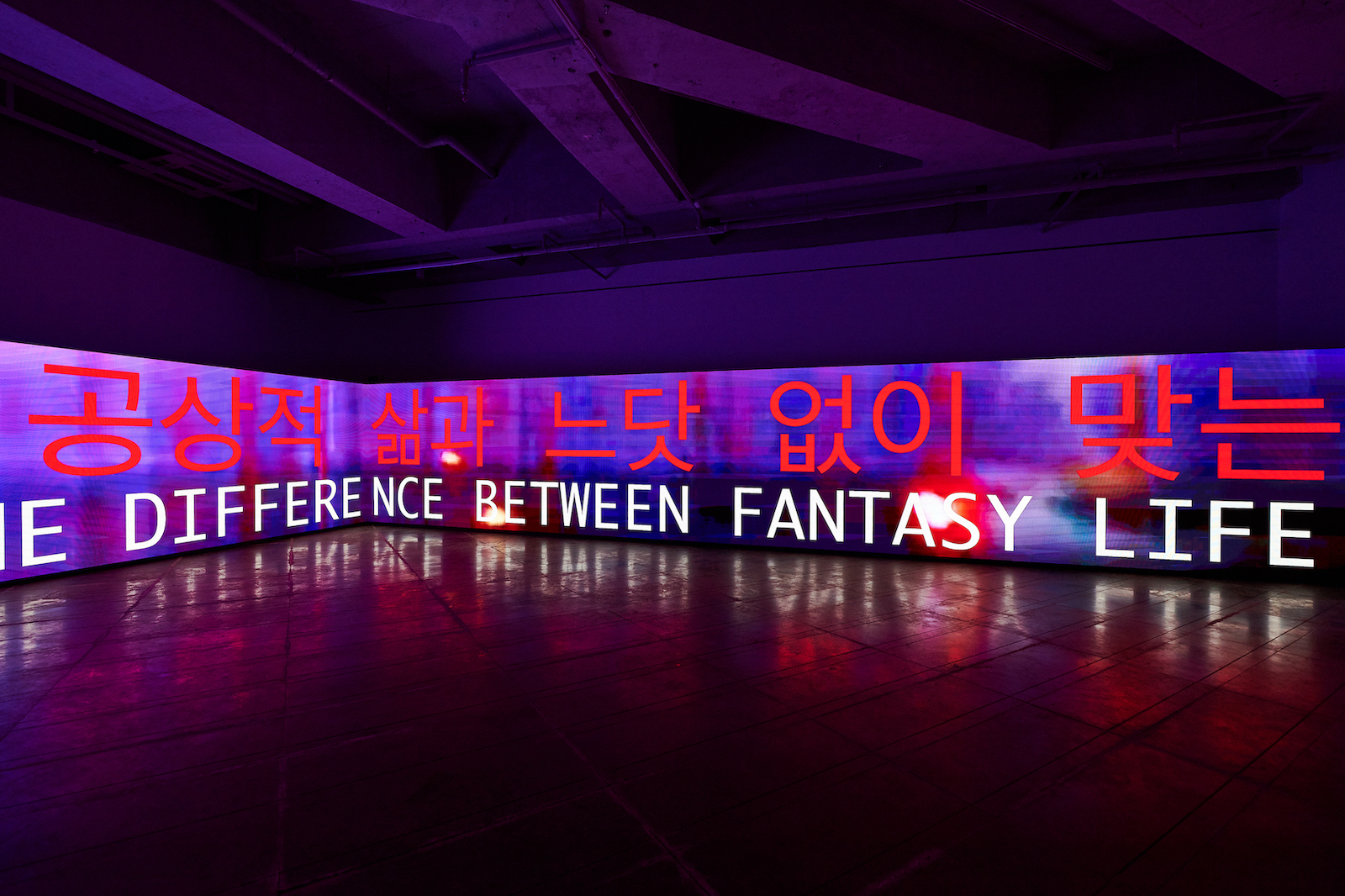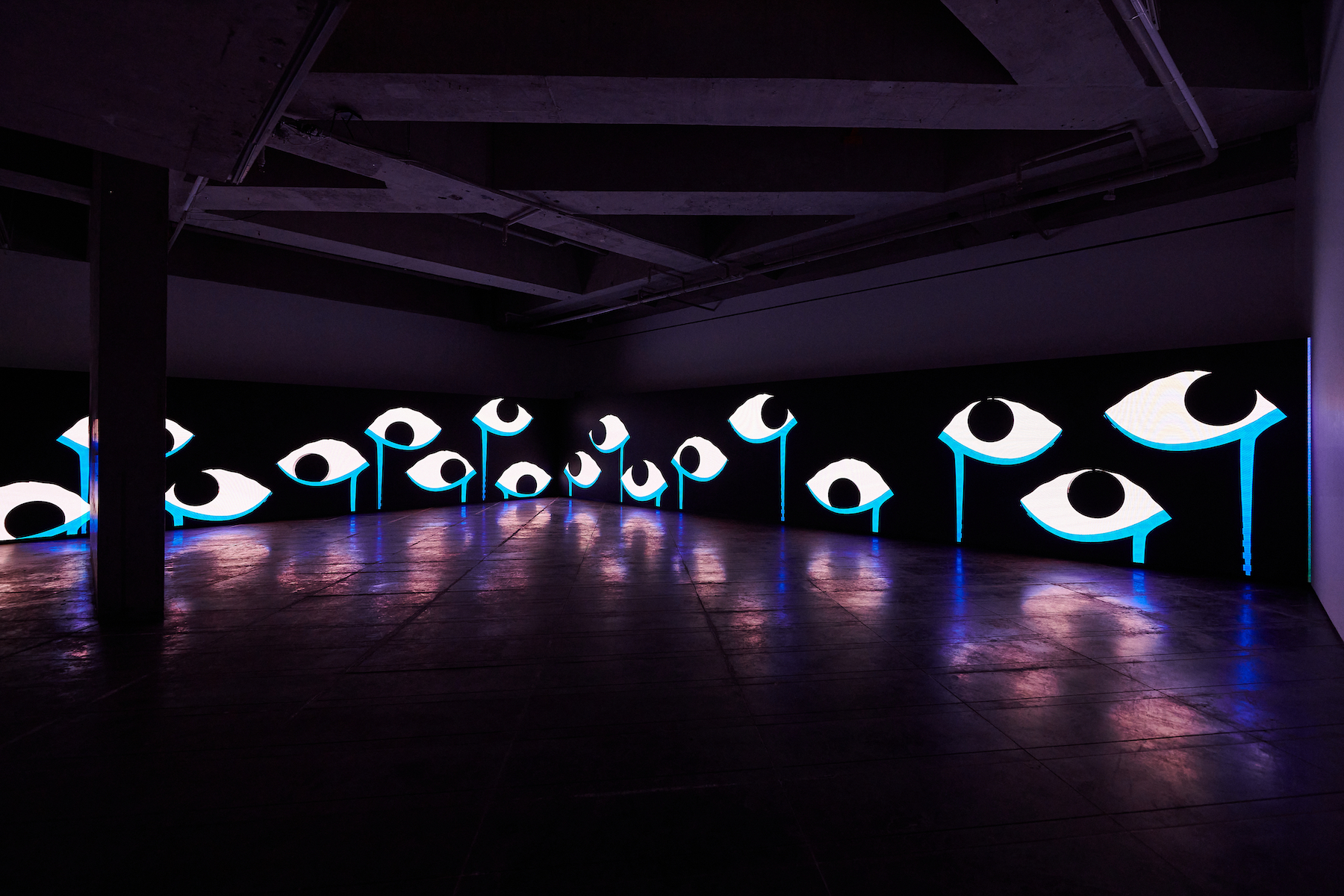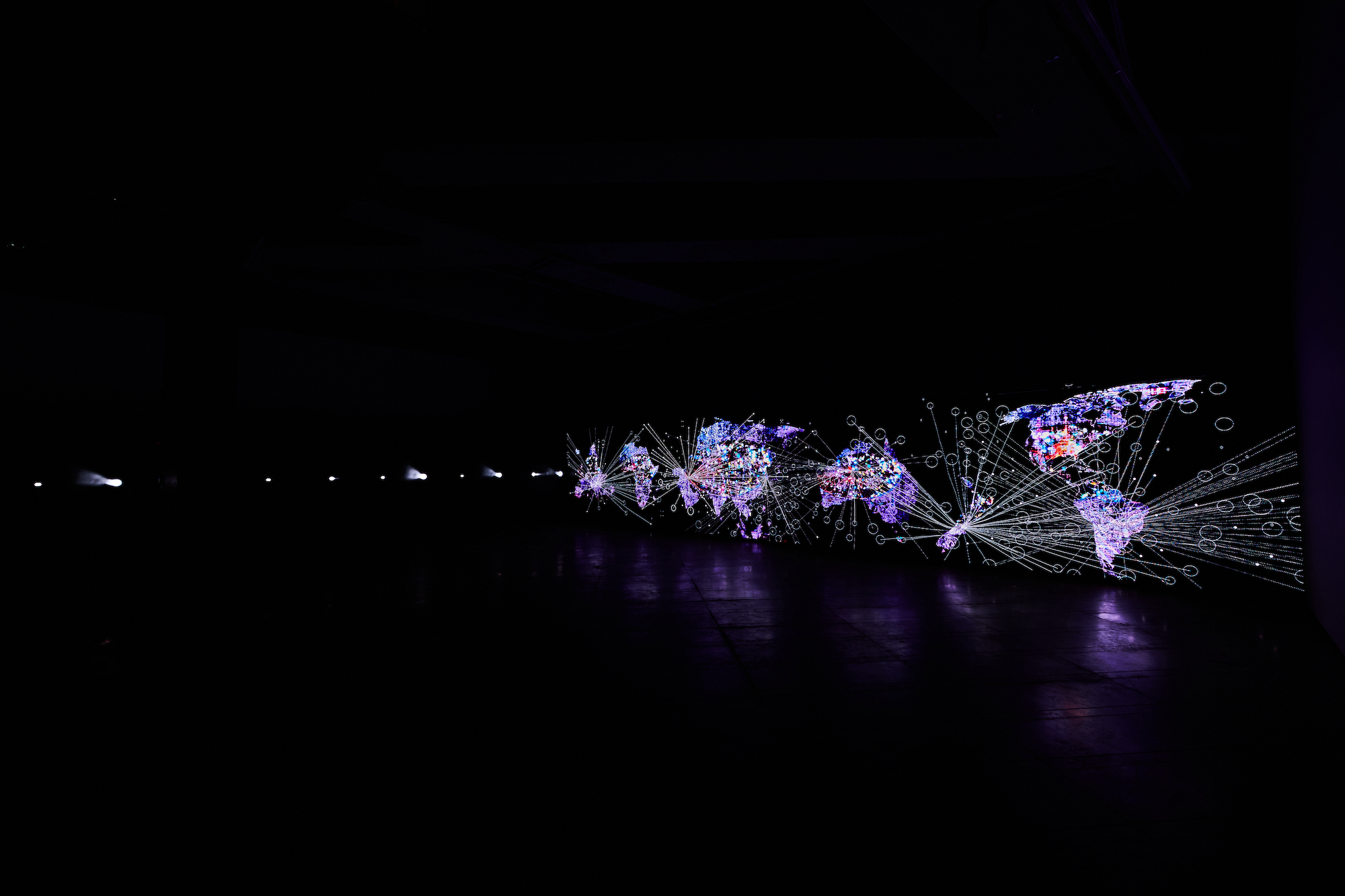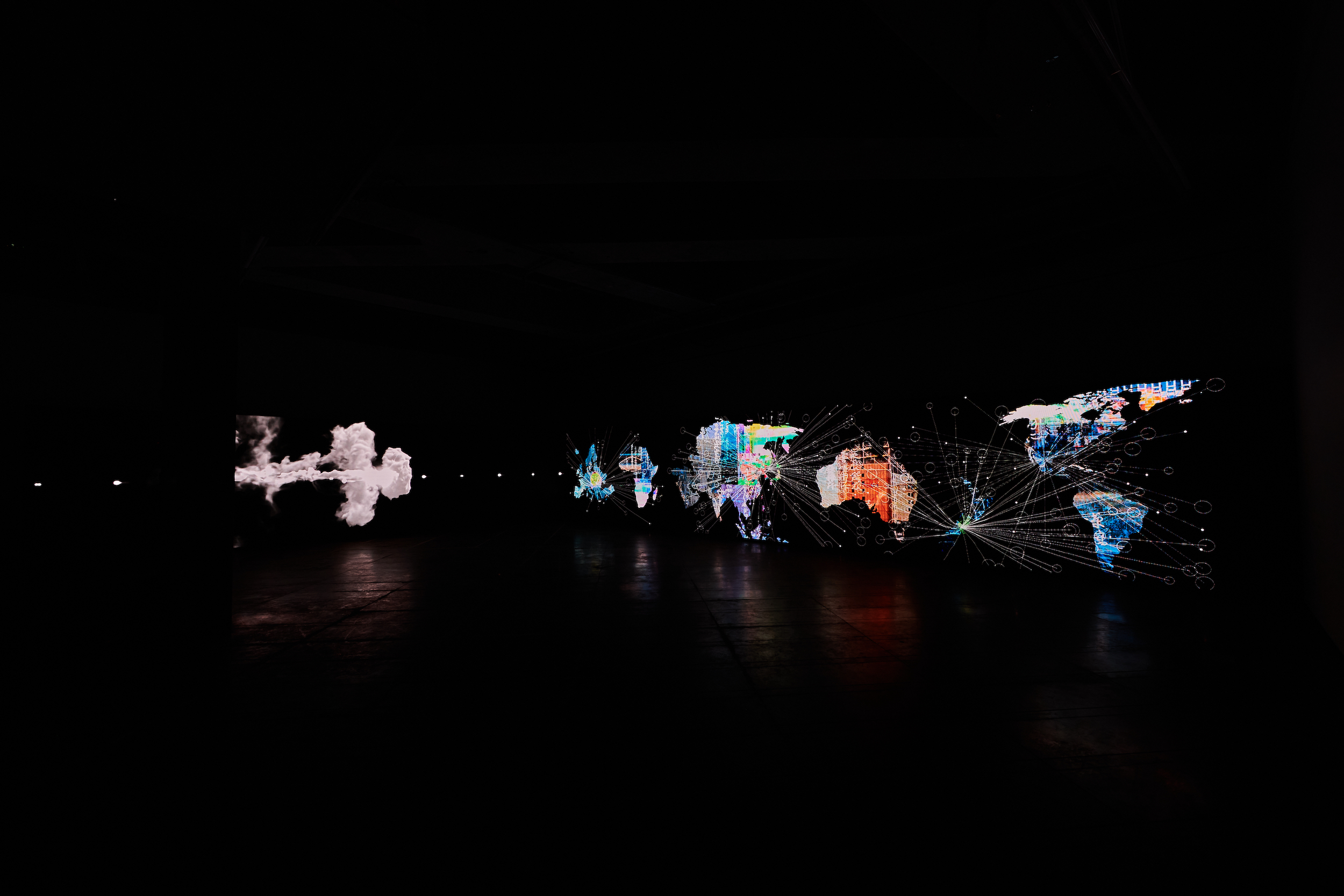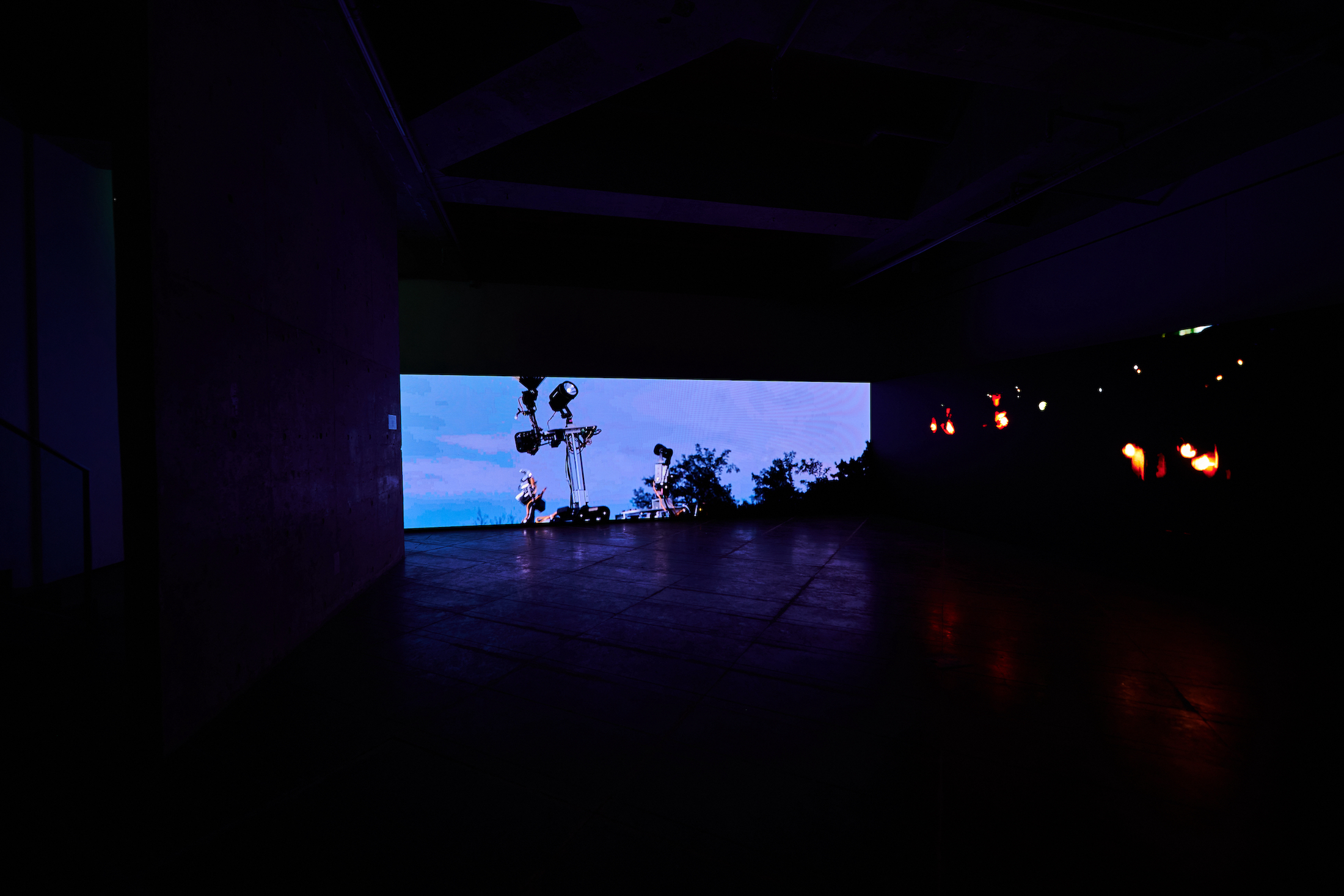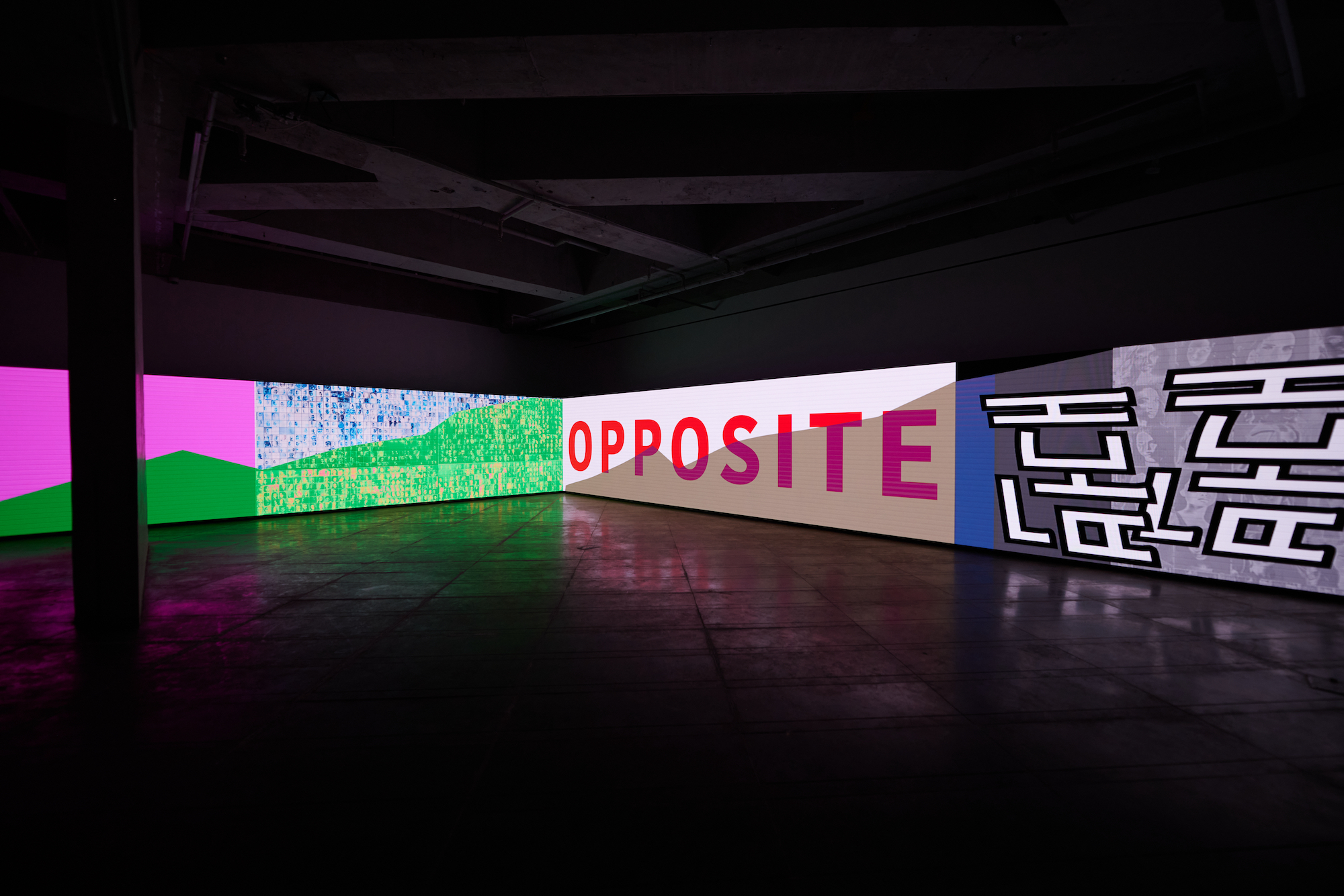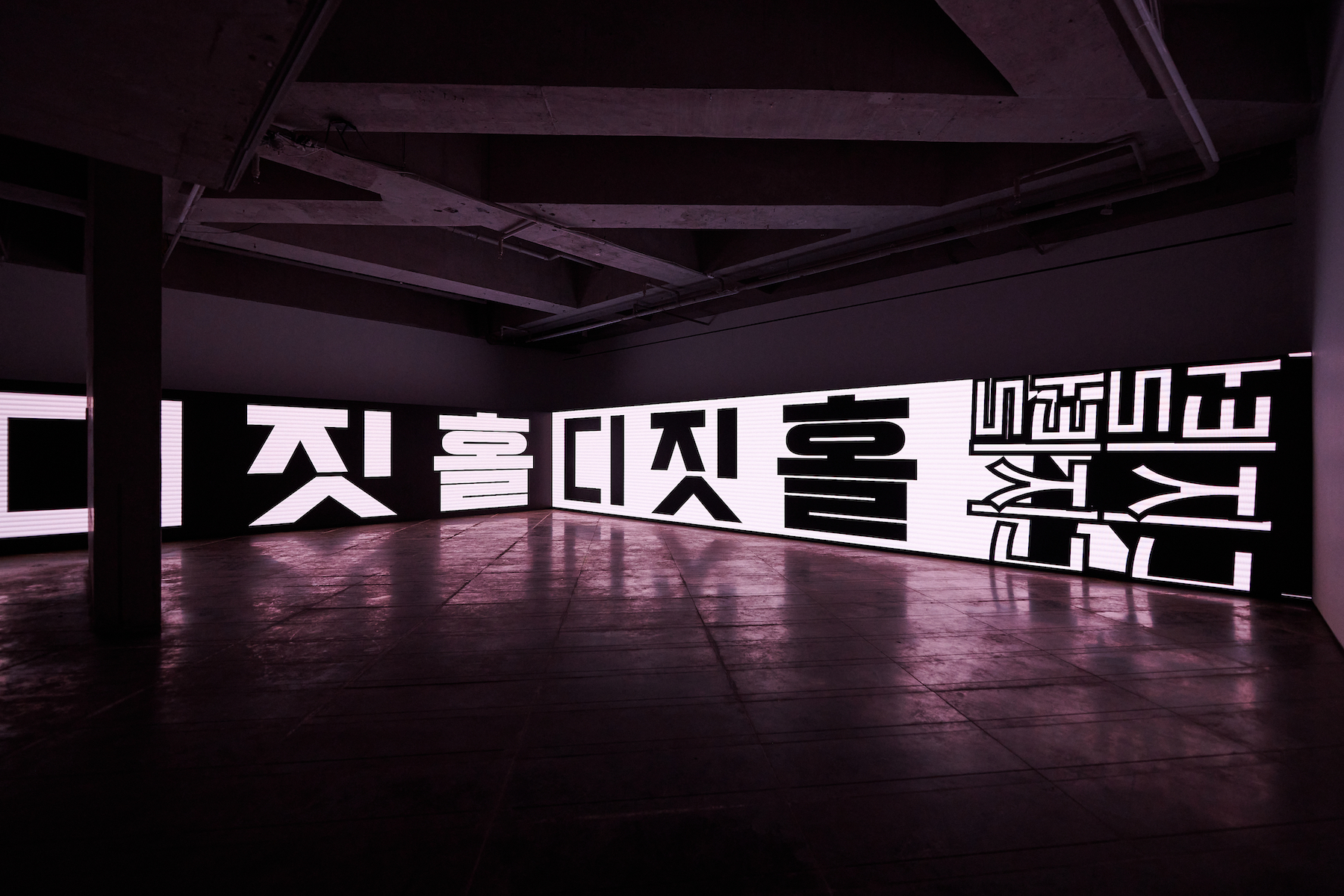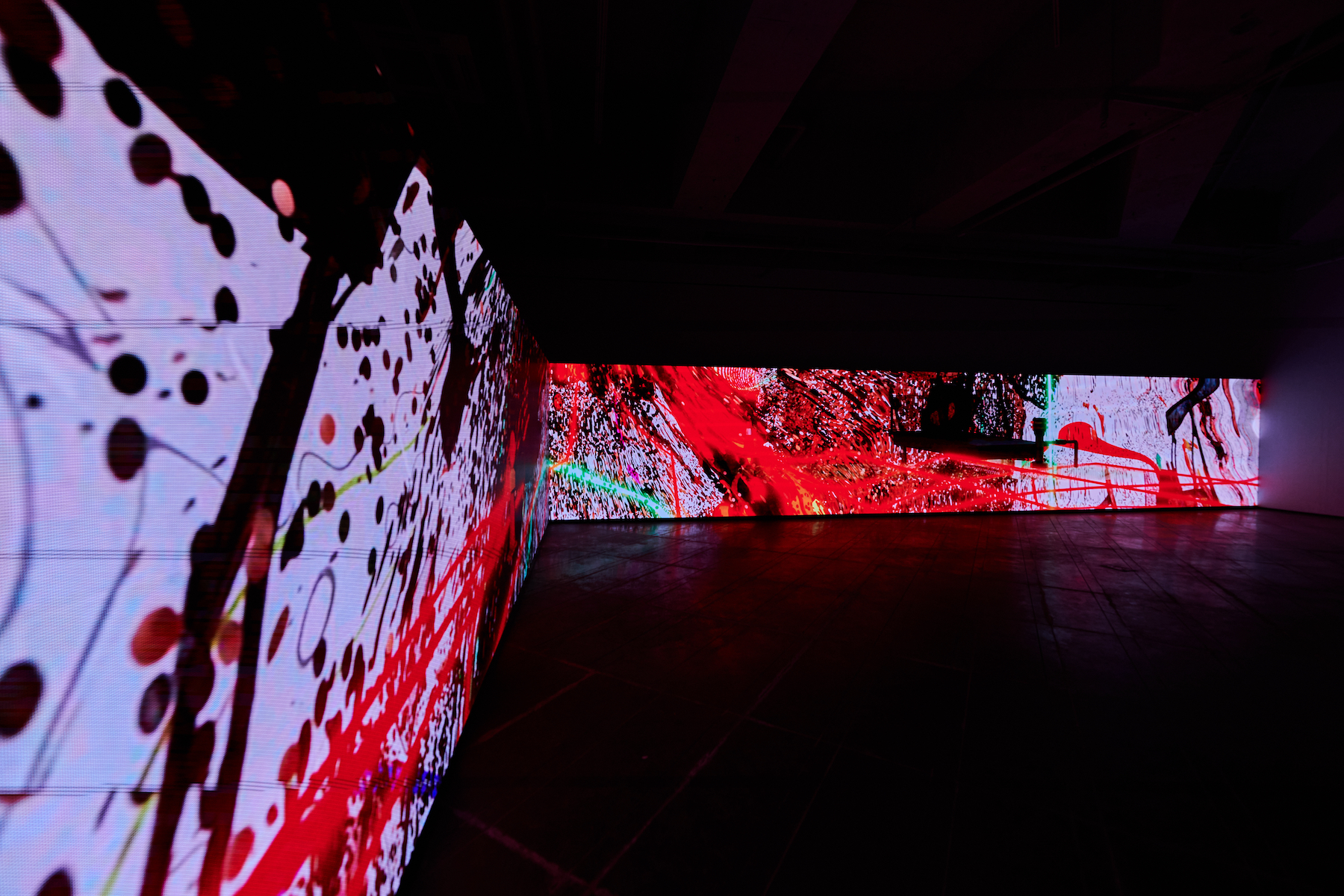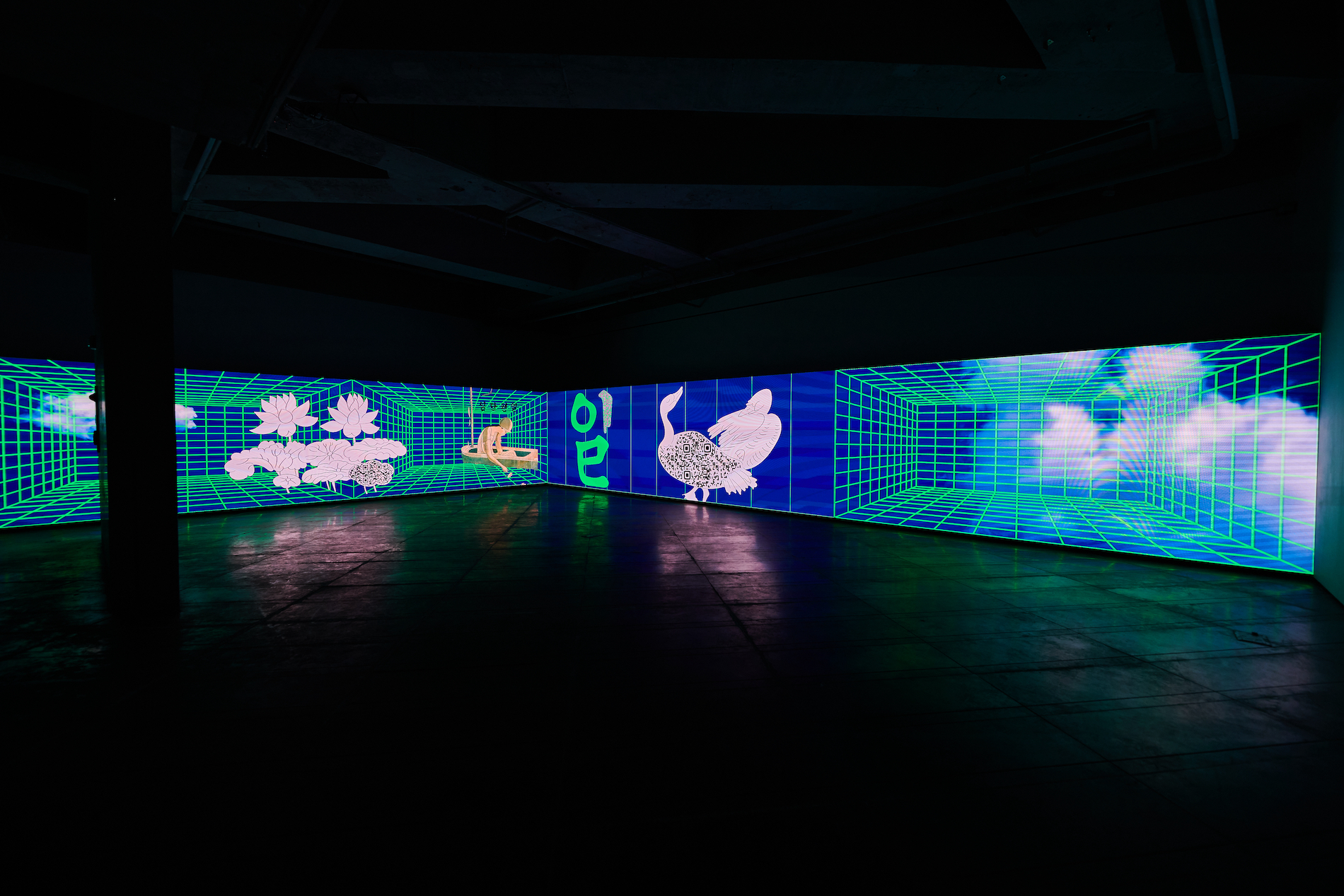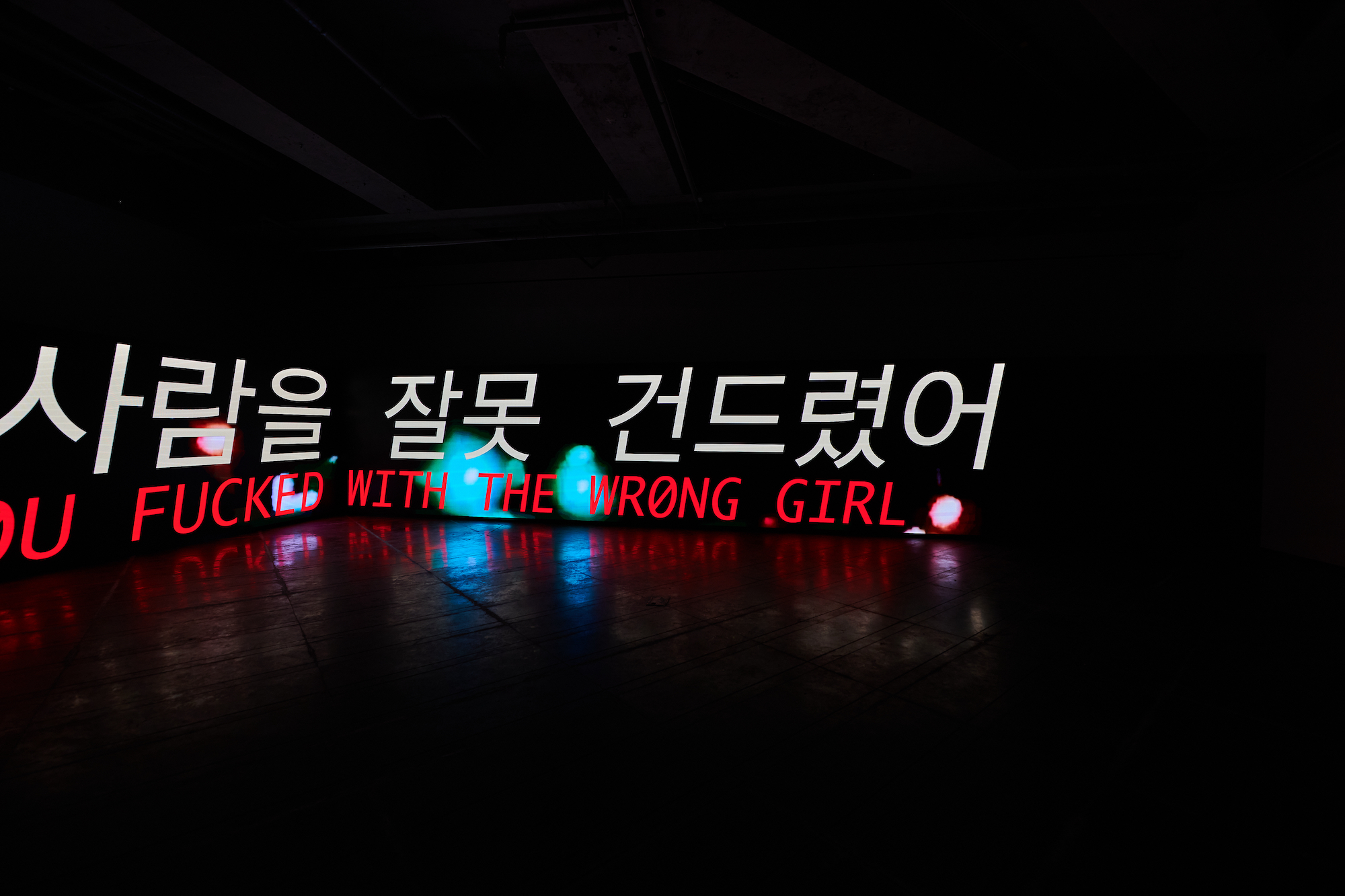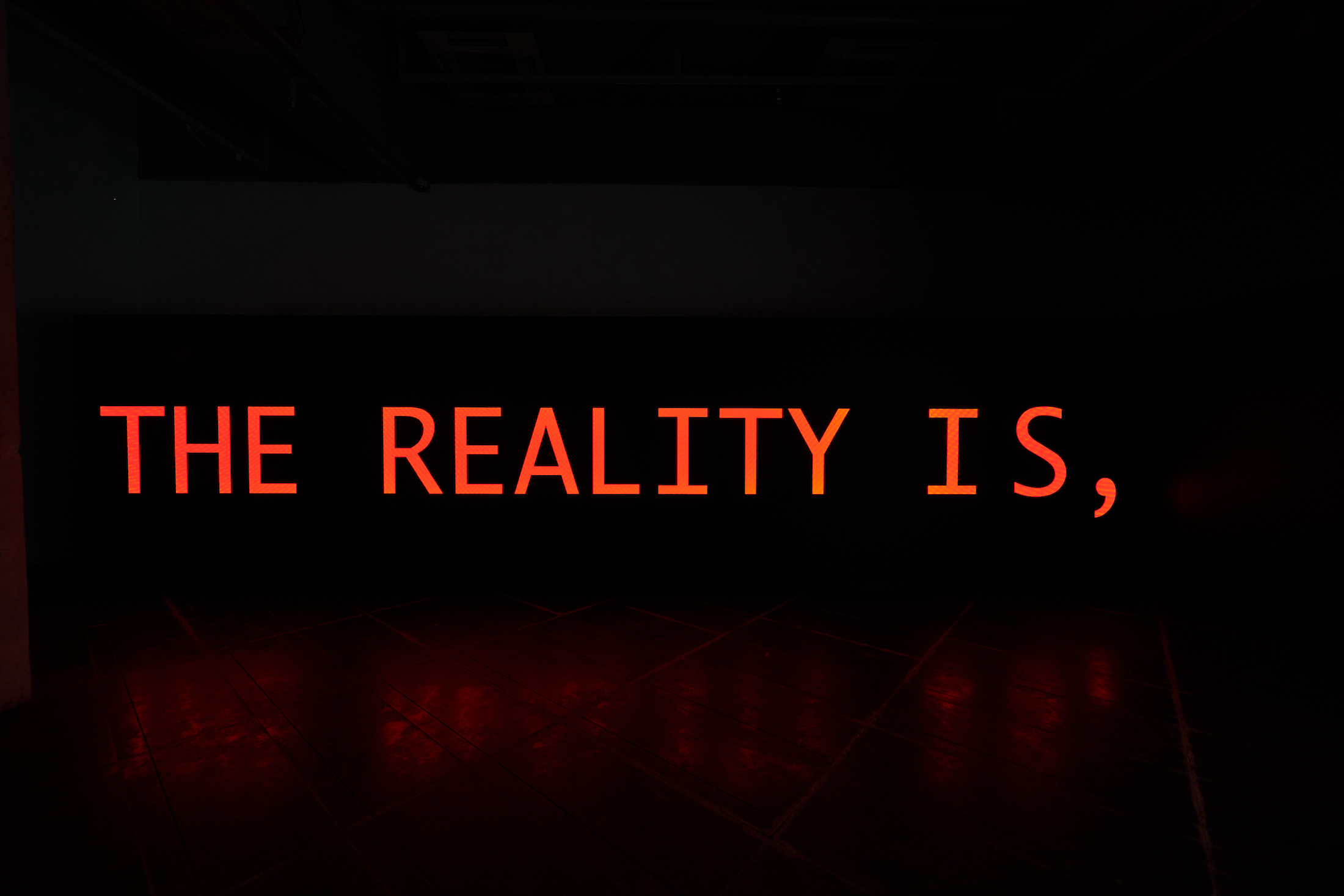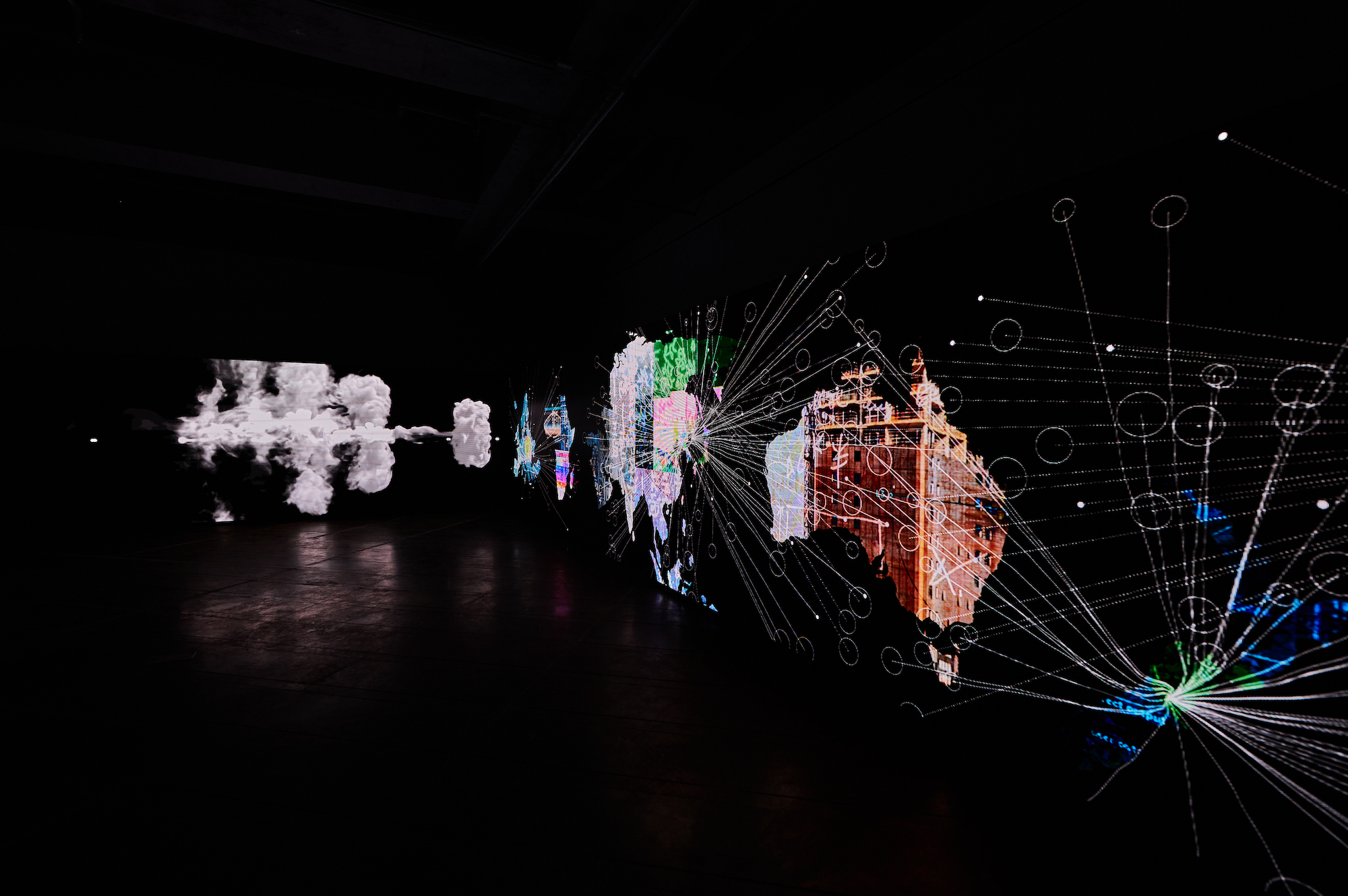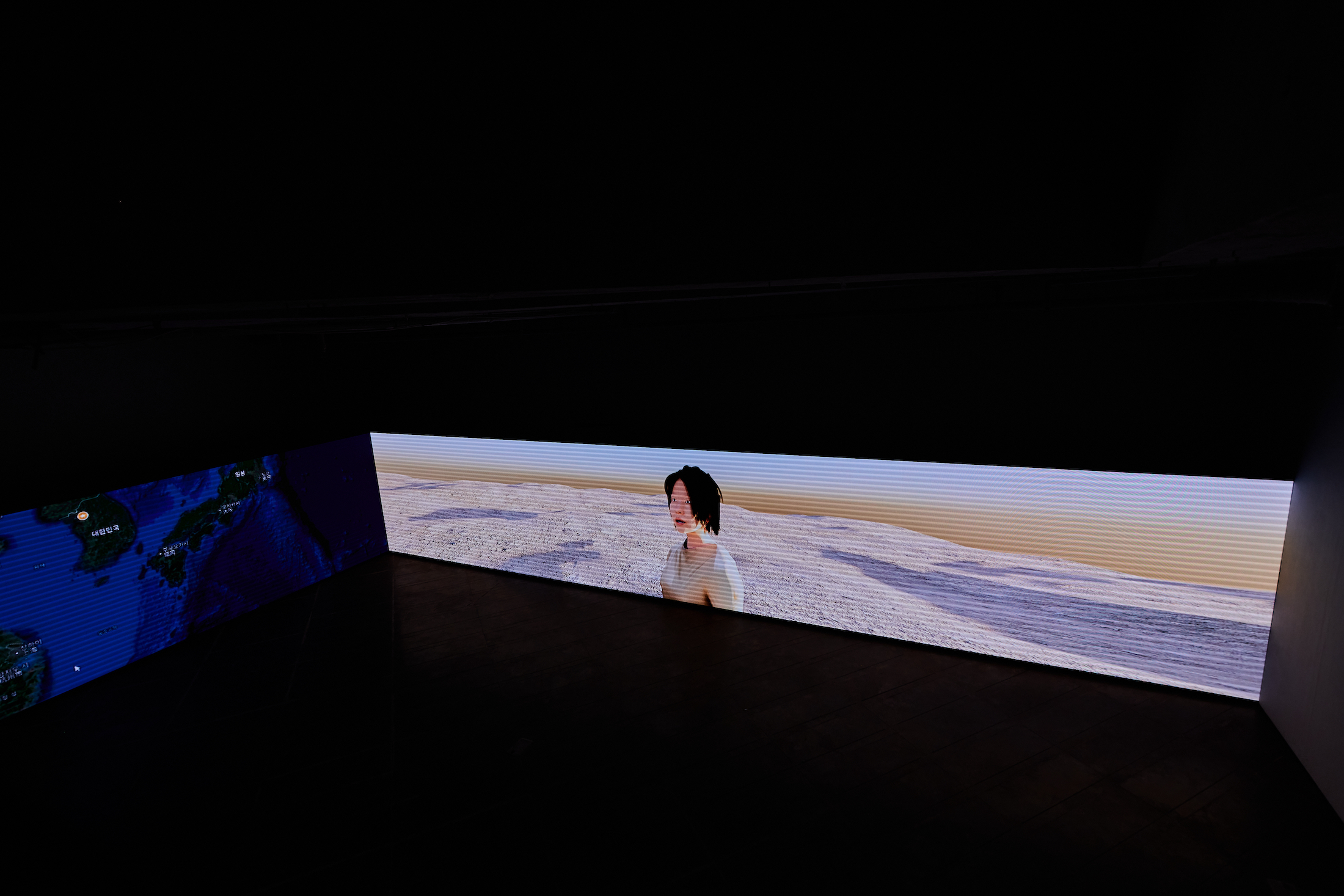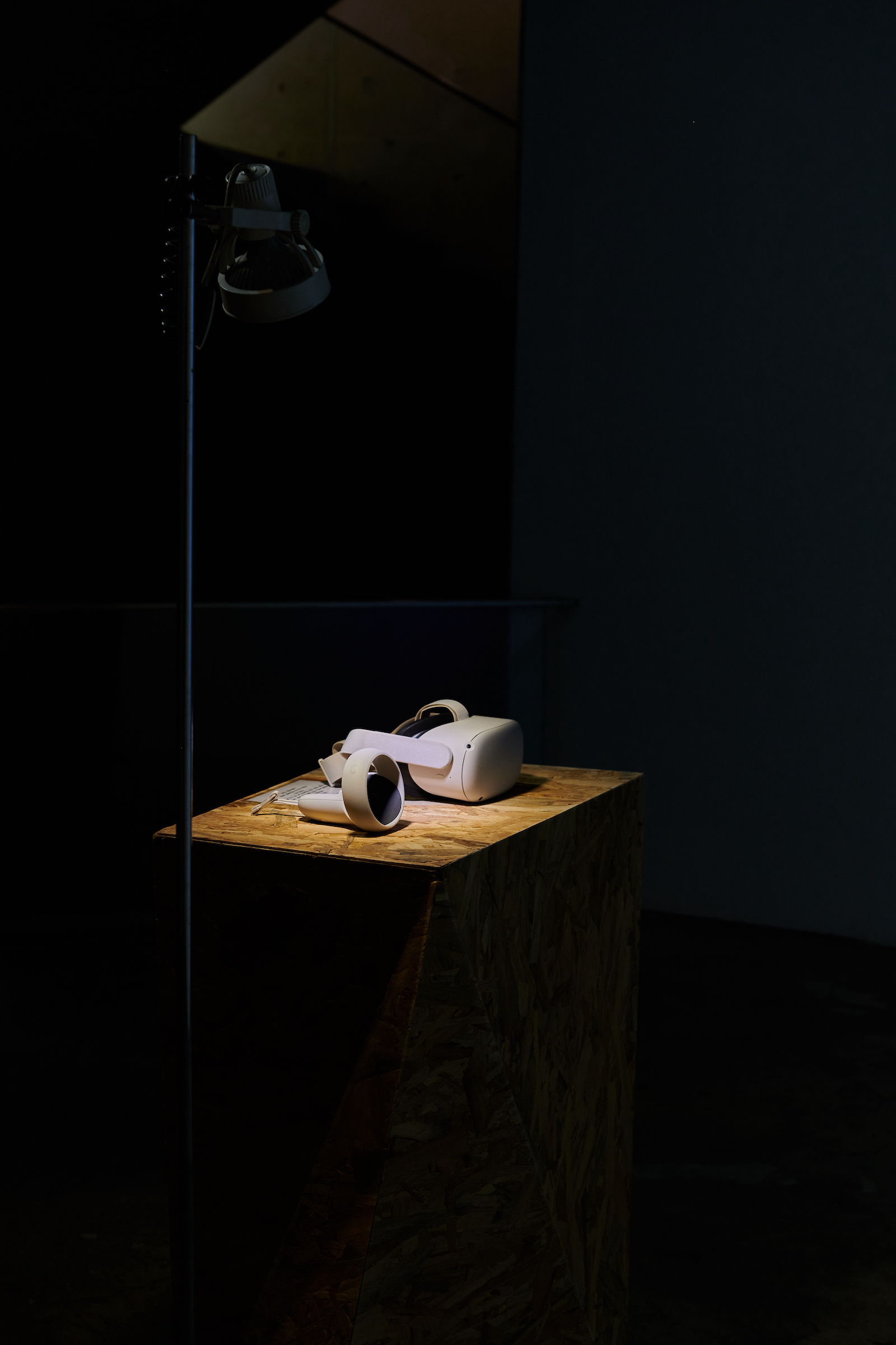20 years ago, the first electronic media facades began appearing in Seoul, starting with an installation on the exterior wall of a department store in Gangnam in 2004 and one covering the entire front of an office building opposite Seoul Station in 2009. As of August 2022, Seoul has 64 media facades of various shapes and sizes. These facades have expanded their social role by displaying not only art but also a range of public address information and special seasonal events. In 2019, the Seoul Metropolitan Government established the “Media Facade Facility Standards” to regulate them, and with the “Gwanghwa Era” project launched in 2021, it introduced cutting-edge technologies, such as AR, AI, MR, and 5G.
<Rolling Eyes: Proposals for Media Façade> begins from the observation that, although media facades have been adopted appreciably across Korea, there is a lack of critical discourse on their aesthetic, commercial prospects, and technological potential. The limiting factor is that media facades are classified as public displays subject to tight censorship and numerous bureaucratic processes. As a result, they often default to showing simple eye candy rather than achieving any new aesthetic. Clichés are also commonplace such as the anamorphic illusion technique, which recreates natural phenomena in 3D animation and creates a sense of depth through optical illusion.
The exhibition’s title, “Rolling Eyes” refers to rolling one’s eyes in disagreement or discontent. Sara Ahmed, in The Feminist Killjoy Handbook, proposes the formula “rolling eyes = feminist theory”, which suggests that questioning patriarchal norms—often ignored and not challenged—points the way to a better world. <Rolling Eyes: Proposals for Media Façade> presents creative possibilities that artists propose by rolling their eyes on a 19-meter-long LED panel display installed in the exhibition space.
Featured works include one of YOUNG-HAE CHANG HEAVY INDUSTRIES, which questions distorted power dynamics in relationships marked by sexual violence. Byungjun Kwon’s ghostly performance piece has 12 robots roaming around Hongdong Reservoir and the surrounding rural villages. A new collaboration by Baruch Gottlieb and Jenin Kii explores domestic violence statistics in Korea. Jaehun Park’s work likens the uncontrollable acceleration of today’s world to a highway that can lead to disaster at any moment of inattention. Fahrettin Örenli’s piece features a lost zombie ant with a gold leaf in its mouth.
The exhibition explores the question of what artistic messages can be conveyed through media facades and what forms of creativity are most fitting for public audiences. Accompanied by a series of expert discussions, the exhibition examines the current and future state of media facades, architecture, and urban landscape design, and their artistic, technological, and public possibilities, with a focus on digital media art. In particular, we want to inquire into the social status of massive media displays that are installed throughout cities. What messages belong there and what do not, which kinds of creativity are deemed appropriate for the “general public” and which are not.
Written by Ji Yoon Yang, Director of Alternative Space LOOP
Translated by Jee Won Kim






